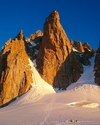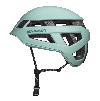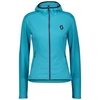Mick Fowler and the ascent of Prow of Shiva
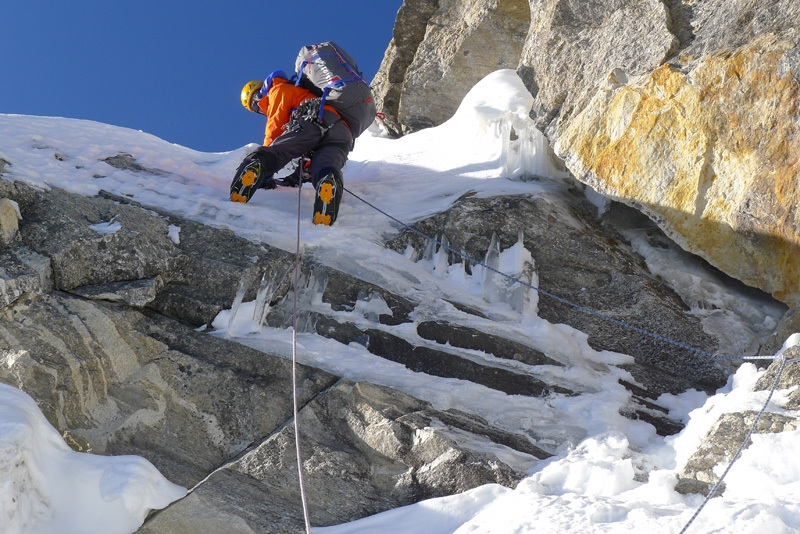
 1 / 9
1 / 9 archive Mick Fowler
archive Mick Fowler
"Frankly, I cannot imagine how you will do it. Do you mean north-west buttress (the one on the sky background left side of the photo)? It is circa700m of climbing after the col and it is north-west side in October - all the rock will be frozen. From the other hand, the ice will be scarce as the buttress is very steep. So it will be very hard drytooling and very hard protection. I saw your route on Siguniang - it is much easier. I am not even sure that anybody had climbed anything of the kind (alpine style without the use of portaledges – Editor’s note) at this altitude ever in history. Still, your idea inspires me."
This insightful email from Russian mountaineer Andrey Muryshev and a handful of photos were what set the ball rolling for Brits Mick Fowler and Paul Ramsden. Over the years the highly successful partnership has always revelled in striking lines and this one could hardly get much bigger: the magnificent northeast ridge to the 6142m high summit of Shiva, clearly visible from afar and, importantly, still unclimbed. At the start of October the two made their way to the relatively unexplored Pangi region in Northern India, established base camp in the Tarundi Valley and then acclimatised briefly on a 5,500m peak to the north before setting off for their 9 day round trip of the Prow of Shiva. After spending two days navigating across complex glacial terrain and a further day gaining the mountain crest, much to their delight, the shale gave way to solid granite. The next four days were spent climbing steep ice choked cracks and run-out, thinly iced slabs and the summit was reached on 11 October. The duo returned safely to Base Camp two days later after having descended down the S ridge and SE Face with yet another stellar ascent to their name.
Mick, tell us more about this objective
We first saw photos taken by Bruno Moretti and Andrey Muryshev in the American Alpine journal, but interest wasn't really stirred until we received more detailed photos from both of them.
Did Muryshev's email play on you minds?
No, it didn't. We took the view that both Andrey and Bruno thought it to be a fine objective. It was a new area for us, it looked objectively safe and so there was nothing to be lost by having a go.
You climbed alpine style
Yes, we took 2x50m ropes, one set of wires, 4 Camelots, 4 ice screws, about 6 pegs and about 4 slings. We took food for 9 days and were out for 9.
Talk about perfect planning...
The limit is a lot longer than 9 and I believe Jim Hall and e Simon Abrahams were out for almost 30 days on Denali. The weather was good in the mornings but clouded over earlier and earlier every day. On one occasion a couple of inches of snow fell at base camp. On the route though it just slid straight off and didn't make any difference to the climbing.
ED+ at 6000m. You mentioned this route stretched your technical ability.
We were stretched to the extent that the climbing was pleasingly challenging and the outcome wasn't certain until the final overhanging wall was behind us. Altitude was just one of the numerous factors that made us find the climb challenging.
So what were the greatest difficulties?
Not sure there were any that really stood out as the greatest difficulties. It was just great, enjoyable climbing throughout.
Did you leave any gear in-situ? Place any bolts or pegs? Out of interest, what's your view on these on mountain routes?
We left one knifeblade peg and carabiner when we went the wrong way. My view is that pegs are acceptable as they make use of natural weaknesses, but bolts enable guaranteed outcome mountaineering and are cheating.
2012 seems to have been a stellar year so far with numerous outstanding ascents worldwide. Do any stand out in particular?
Rick Allen and Sandy Allan's first complete ascent of the Mazeno ridge on Nanga Parbat.



 Copia link
Copia link

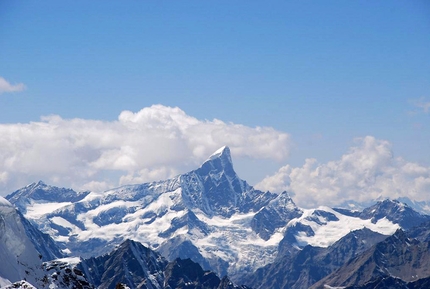
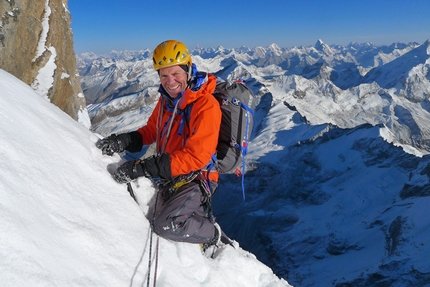
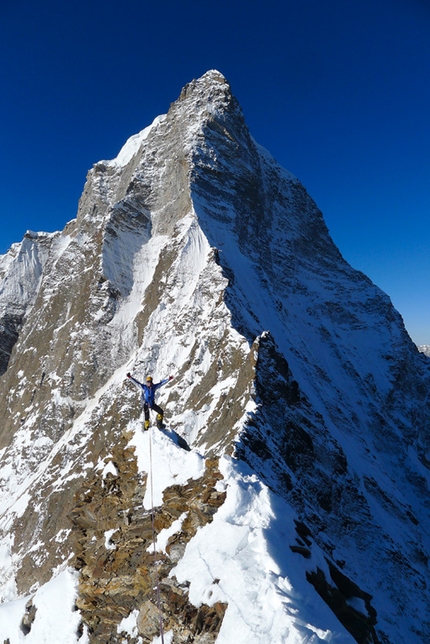
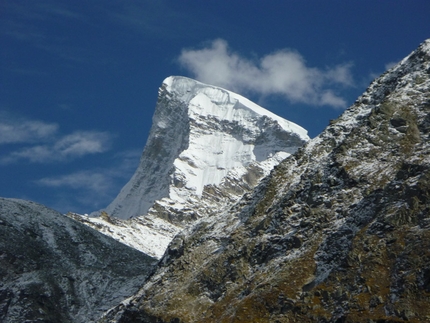
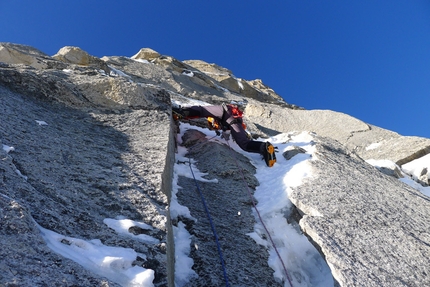
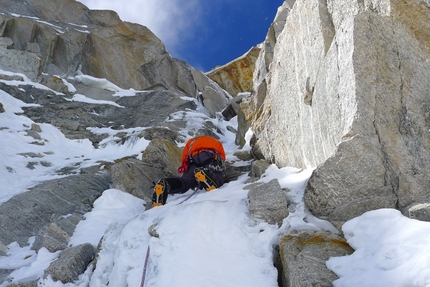
 See all photos
See all photos




